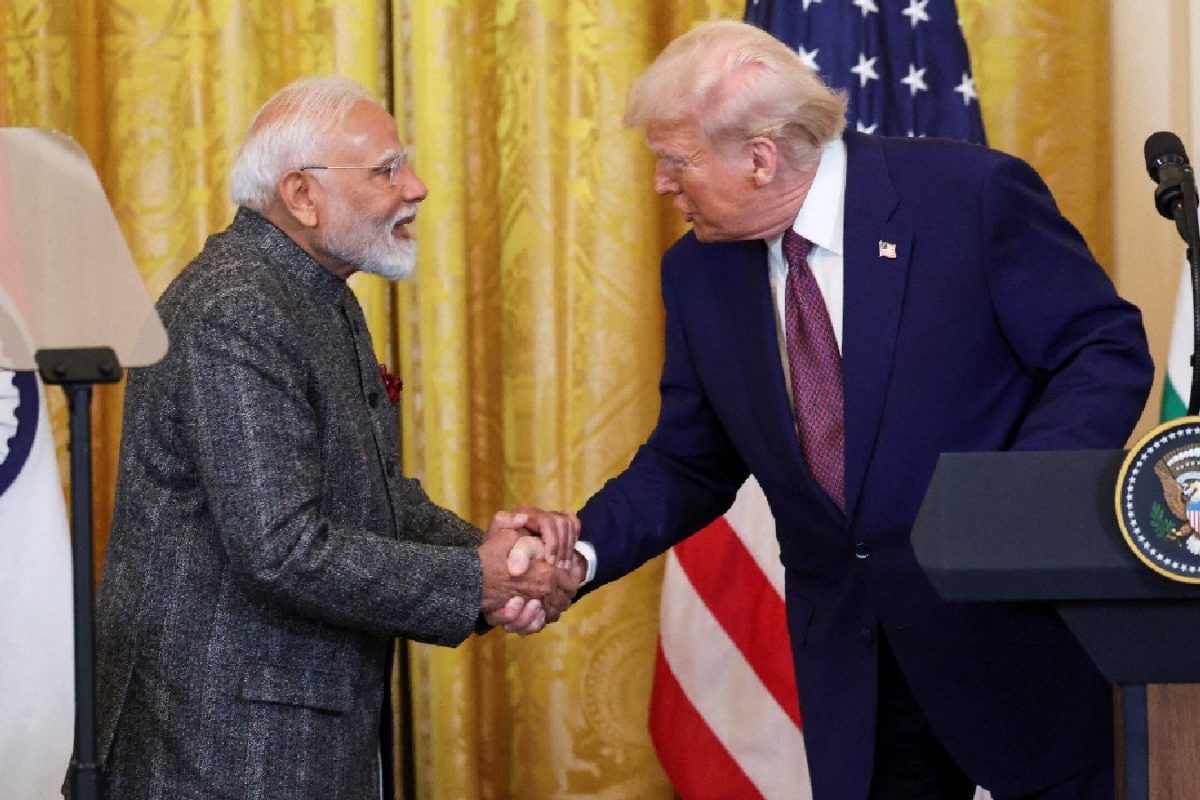

India and the United States are reportedly in the final stages of negotiating a trade deal, with an announcement potentially coming before July 8, 2025. This development occurs as President Trump's deadline for imposing reciprocal tariffs on countries worldwide ends on July 9. The White House has indicated that news of a trade agreement with India could be forthcoming soon.
Key Points of Negotiation
Several sources indicate that the trade deal's primary focus is on key sectors such as agriculture, automobiles, industrial goods, and labor-intensive products. Agriculture and dairy sectors have proven to be challenging areas for India to offer concessions to the U.S., as India has not opened up its dairy sector in any free trade pacts signed thus far. The U.S. is seeking duty concessions on certain industrial goods, automobiles (especially electric vehicles), wines, petrochemical products, dairy, and agricultural items like apples, tree nuts, and genetically modified crops. Conversely, India is seeking duty concessions for its labor-intensive sectors like textiles, gems and jewelry, leather goods, garments, plastics, chemicals, shrimp, oil seeds, grapes, and bananas.
Trump's Perspective and the Tariff Deadline
Trump has repeatedly hinted at a major trade deal in the works with India, even stating his administration was looking to remove all trade barriers. The U.S. has suspended a 26% levy on Indian imports until July 9, a measure announced on April 2 to bridge the trade gap, while a 10% baseline tariff remains. India has been seeking a full exemption from the additional 26% tariff. Karoline Leavitt, White House Press Secretary, indicated that India remains a priority in the Trump administration's evolving trade agenda.
Broader Implications and Strategic Alignment
Beyond the immediate details of the trade deal, both sides are reportedly working towards a multi-sectoral, comprehensive first tranche of a Bilateral Trade Agreement (BTA) by October this year. The aim is to increase bilateral trade from $191 billion to $500 billion by 2030. This deal could help both countries recalibrate ties in the face of China’s growing influence.
Sticking Points and Challenges
Despite the progress, some sticking points remain. India has toughened its stance on opening up its agriculture sector in a way sought by the U.S.. Experts have warned that cutting tariffs on U.S. farm products could threaten India’s food security and expose small-scale farmers to global price volatility.
The Modi-Trump Relationship
The relationship between President Trump and Prime Minister Modi has often been described as strong. Trump has referred to Modi as a "great friend". This personal connection may play a role in facilitating trade negotiations and strengthening overall ties between the two countries. Both leaders have expressed admiration for each other's leadership and commitment to putting their respective countries' interests first.